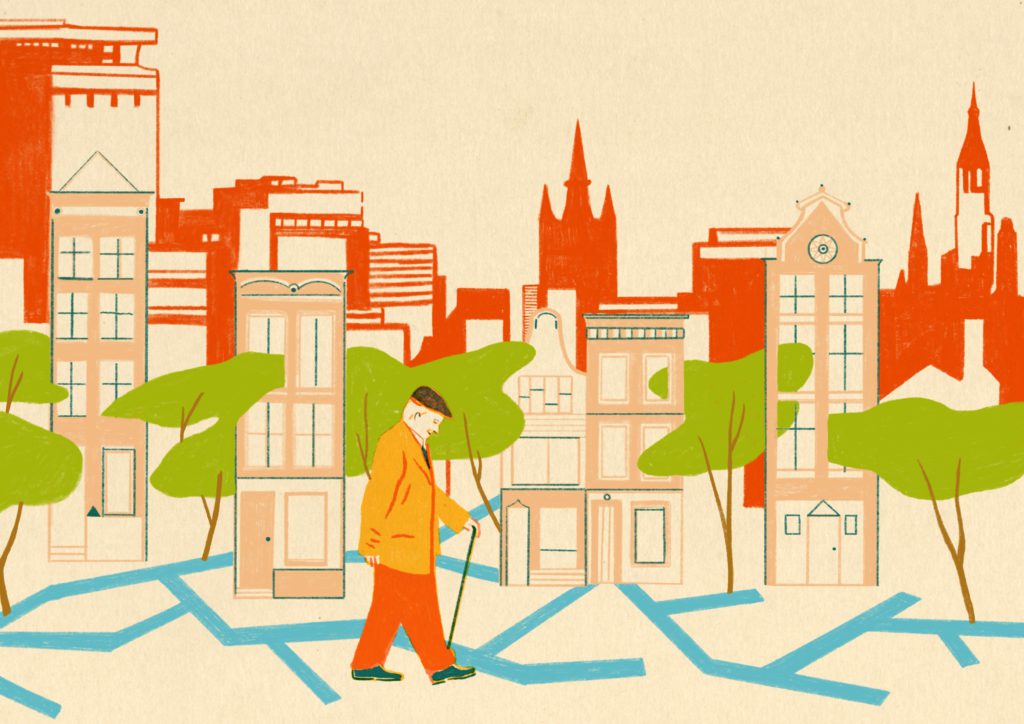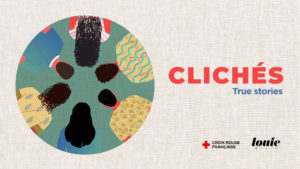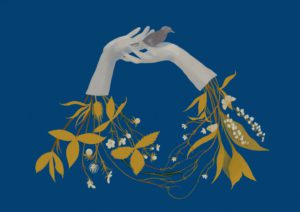
Description
In 2016 the Netherlands Red Cross partnered with the Faculty of Industrial Design Engineering of Delft University of Technology to bring human-centered design into humanitarian aid. The partnership is a simple collaborative design process to enable young people to influence the future of humanitarian.
Context
The Netherlands Red Cross and the Faculty of Industrial Design Engineering of Delft University partnered for two important reasons:
- To empower young people to re-imagine humanitarian aid: Working directly with students from Delft University of Technology provides them with an opportunity to learn about humanitarian aid AND enables them to apply their design skills to propose changes in humanitarian aid
- To re-design humanitarian aid: By committing to testing concepts designed by young people and integrating those that work, in the end results in the delivery of improved products or services for humanitarian aid by the Netherlands Red Cross
Technical details & Operations
The humanitarian design relay merges Delft University’s academic year with the Netherlands Red Cross’ innovation agenda. This simple yearly design cycle emerged:
Process
- Discover: Analysis of the problem space
- Design: Imagining multiple concepts to address the problem
- Deliver: Choosing and testing concepts and integrate those that work
Deliverable
- The Design Brief is the initial design problem or vision of the outcome
- The Concept is the initial prototype of the selected solution
- The Product is the final design ready for use but also a tangible (re)definition of the problem
Timing
- Apply to July
- August to January
- February onwards
Discovery is all about creating a ‘problem space’. Between April and July, the Netherlands Red Cross allows for time to reflect on its humanitarian response; Are there particular challenges to deliver humanitarian aid? Is there room to improve approaches or services? Is there potential to address the challenge? Then, a small team of Netherlands Red Cross ‘problem owners’ will start working on a Design Brief. This looks similar to a problem statement and a vision of the outcome. At the end of this stage the Design Briefs are certainly not perfect. In fact this is seen as good as it leaves ample room to interpret and refine the Design Brief together with the students in the next stage.
In August, the start of the academic year in the Netherlands, the Design process starts. The Design Briefs are offered by Delft University to students following their course on strategic product design. Eight groups of four multi-disciplinary students now take ownership of the problem and start their work on concept development. Regular interaction between the students and the Netherlands Red Cross ‘problem owners’ is very important as this really helps the students to gather specific requirements, guide them to solution partners, carry out iterations, and receive feed-back on design directions. The final outcome is that each student group delivers their vision on resolving the problem through a Concept. This is often a simple prototype or mockup of the product or service.
Now it is time to Deliver and for the Netherlands Red Cross problem owners to take charge of the eight different concepts. The focus now moves to transforming these Concepts into a Product or service that works within the humanitarian space. The problem owners now await an important decision: Can the Concept be turned from “it can work like this” to a product or service for humanitarian aid? And, if so, what do we need to get there? This stage can take long and usually requires resource commitment to reach a final product. It is important to realise that not all eight Concepts will make it into a Product. To guide the Deliver process, the Netherlands Red Cross has reserved limited funding for product development.
Deployment & Impact
To date 64 students have enrolled and designed 16 concepts for the Netherlands Red Cross. The three following humanitarian design relays have now been carried out successfully:
- Cool Routes, co-designed with the Hogeschool van Amsterdam and the Municipality of Arnhem, are a network of walking routes to help vulnerable people navigate cities during extreme heat. They will be able to follow shaded ‘cool’ routes created by the Municipality, and find points of interest such as free water taps and rest areas
- Covid-19 reminder cards are gentle reminders, tailored to at risk people, about the covid-19 pandemic have been shared over 6,000 times on-line by people concerned about their loved ones
- Disaster Decks aim to stimulate innovative idea generation, triggering users to dare to make a change, generate creative thinking, get familiar and involved with the problem at stake, discover and see value in unsuspected collaborations and help bridge the step from idea to reality
The partnership with Delft University demonstrates how both domestic and international humanitarian response can benefit from this design process.
The humanitarian design relay has also proven to be useful to engage with external partners. Many Delft University student groups have already proactively engaged them during the design stage and integrated their offerings into the concept. This helps the Netherlands Red Cross to engage and work with partners during the delivery stage to jointly solve pressing humanitarian problems.
The commitment for 2022 and beyond is to work with at least 32 students to deliver 8 concepts, and to launch at least two (improved) products/ services each year.





